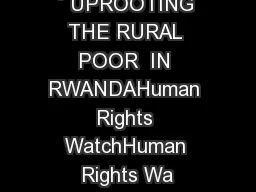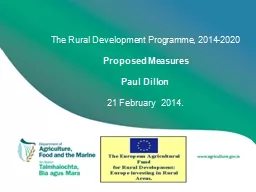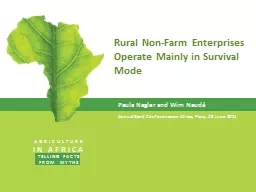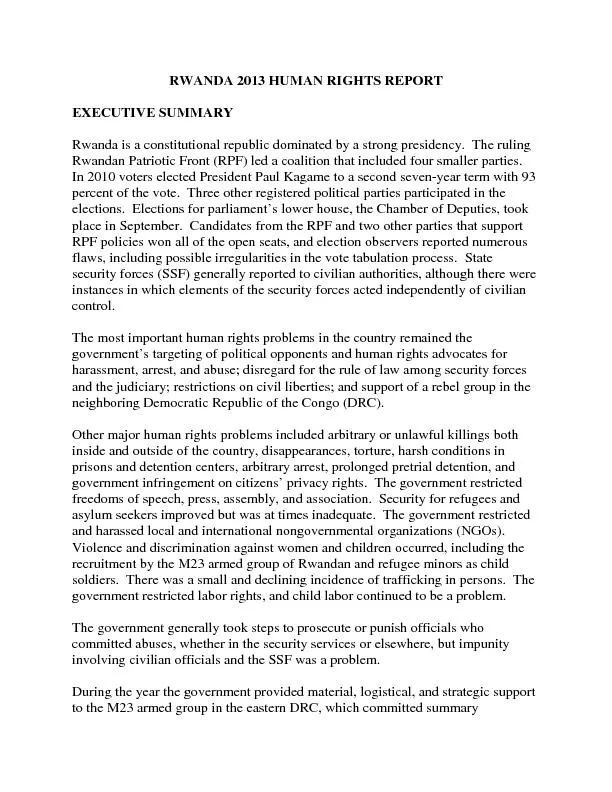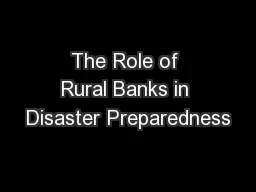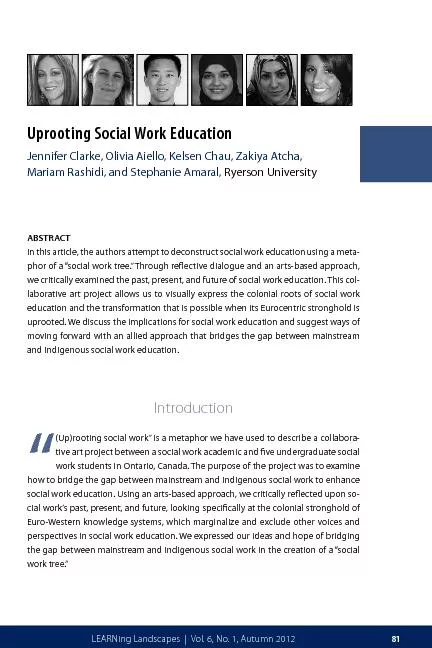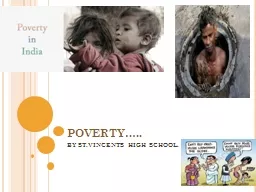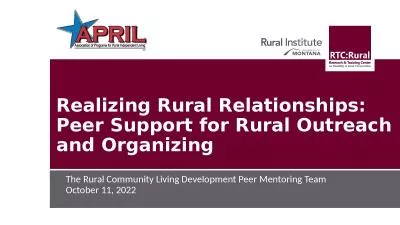PDF-` UPROOTING THE RURAL POOR IN RWANDAHuman Rights WatchHuman Rights Wa
Author : faustina-dinatale | Published Date : 2016-08-20
All rights reserved Printed in the United States of America ISBN1564322610 Library of Congress Card number 2001090057 Cover photo by Cover design by Rafael Jim
Presentation Embed Code
Download Presentation
Download Presentation The PPT/PDF document "` UPROOTING THE RURAL POOR IN RWANDAHum..." is the property of its rightful owner. Permission is granted to download and print the materials on this website for personal, non-commercial use only, and to display it on your personal computer provided you do not modify the materials and that you retain all copyright notices contained in the materials. By downloading content from our website, you accept the terms of this agreement.
` UPROOTING THE RURAL POOR IN RWANDAHuman Rights WatchHuman Rights Wa: Transcript
Download Rules Of Document
"` UPROOTING THE RURAL POOR IN RWANDAHuman Rights WatchHuman Rights Wa"The content belongs to its owner. You may download and print it for personal use, without modification, and keep all copyright notices. By downloading, you agree to these terms.
Related Documents

